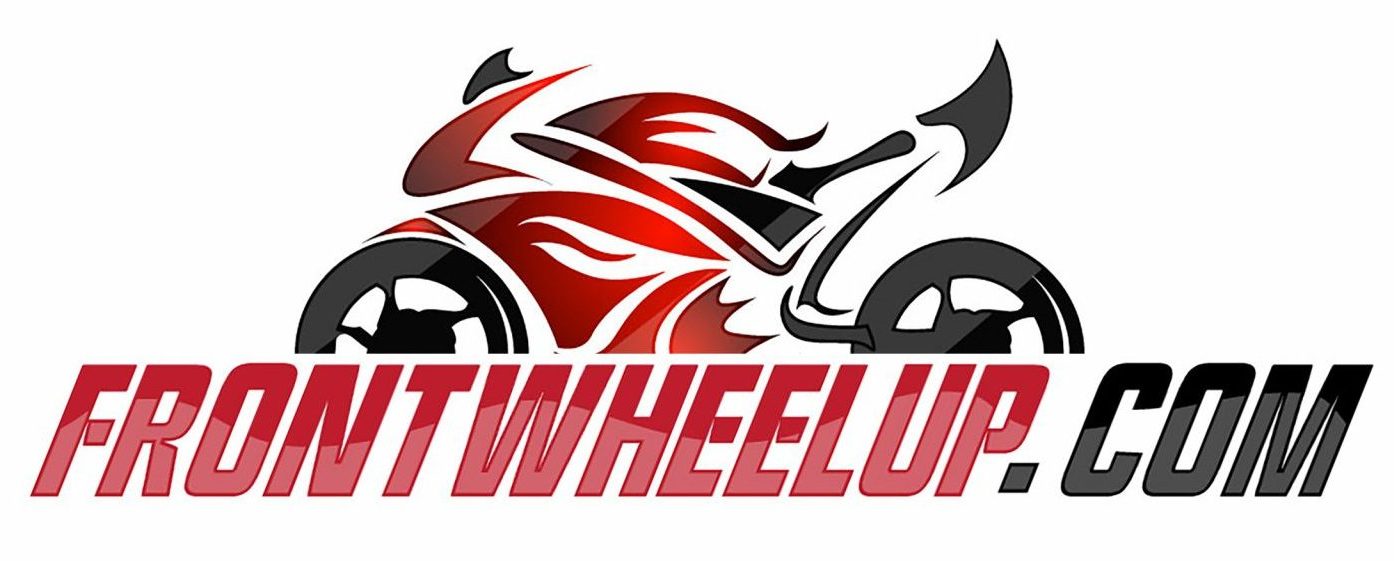Mastering Superbike Track Days: Essential Tips, Techniques, and Safety Guidelines

Contents:
- 1. An Introduction to Superbike Track Days
- 2. Choosing the Right Track Day Event
- 3. Preparing Your Superbike for the Track
- 4. Essential Gear for Track Days
- 5. Track Day Etiquette and Rules
- 6. Track Day Safety Tips
- 7. Tips and Techniques for Improving Your Riding Skills
- 8. Advanced Riding Techniques for Track Days
- 9. Post-Track Day Analysis and Improvement
- 10. The Benefits of Joining a Track Day Community
- 11. Beyond Track Days: Superbike Racing Opportunities

An Introduction to Superbike Track Days
Superbike track days provide a thrilling and controlled environment for motorcycle enthusiasts to push their riding skills to the limit. In this chapter, we’ll introduce you to the world of track days and explain their benefits for riders looking to improve their abilities and experience the adrenaline rush of high-speed riding.
Track days are designed for riders of all skill levels, from beginners looking to gain confidence to experienced racers seeking to fine-tune their techniques. One of the main advantages of participating in a track day is the opportunity to ride your superbike at high speeds without the risk of traffic, road hazards, or legal consequences. Track days offer a controlled and safe environment where riders can focus on honing their skills and learning from others.
Additionally, superbike track days are an excellent way to meet fellow enthusiasts and share your passion for high-performance motorcycles. You’ll likely find yourself surrounded by like-minded individuals eager to swap tips, experiences, and knowledge about superbikes and riding techniques.
At a typical track day event, you’ll find several sessions organized according to skill level, allowing you to ride at a pace that suits your experience and comfort. These sessions are typically monitored by experienced track marshals and instructors, ensuring a safe and structured riding environment.
In summary, superbike track days are an exciting and beneficial experience for motorcycle enthusiasts. By participating in these events, riders can improve their skills, gain confidence, and enjoy the exhilarating thrill of riding their superbikes at high speeds in a controlled setting. Stay tuned for the next chapter, where we’ll delve into how to choose the right track day event for your skill level and preferences.

Choosing the Right Track Day Event
Selecting the perfect track day event is crucial for a fulfilling and enjoyable experience. In this chapter, we’ll guide you through the factors to consider when choosing a superbike track day that caters to your skill level and preferences.
Skill Level: Track day events are generally categorized into three groups – novice, intermediate, and advanced. Novice sessions are designed for riders new to track days, offering a more relaxed pace and additional guidance from instructors. Intermediate sessions cater to riders with some track experience who are looking to improve their skills further. Advanced sessions are tailored for experienced riders and racers seeking a competitive atmosphere and faster pace. Assess your experience and comfort level to choose the appropriate group.
Location: Consider the track’s location when selecting a track day event. Proximity to your home may be an essential factor, but also take into account the track layout, facilities, and reputation. Research different tracks to find one that suits your preferences and offers an enjoyable riding experience.
Cost: Track day events can vary in cost depending on the track, organization, and included services. Compare prices for different events and ensure they fit within your budget. While it’s important to find an affordable option, don’t compromise on safety and quality.
Format: Track day formats can differ between organizations. Some events may offer open pit lane sessions, where you can enter and exit the track at your leisure, while others may have structured sessions with designated time slots for each skill level. Determine which format suits your needs and preferences.
Additional Services: Many track day events offer additional services such as bike rentals, professional coaching, or photography. If you’re interested in these services, factor them into your decision-making process and ensure they are available at your chosen event.
By considering these factors, you can select the ideal superbike track day event that caters to your skill level, preferences, and budget. In the next chapter, we’ll discuss how to prepare your superbike for the track, ensuring optimal performance and safety.
No limits and MSVT are two of the biggest superbike track day organisers here in the UK:

Preparing Your Superbike for the Track
Ensuring your superbike is in top condition is crucial for a safe and enjoyable track day experience. In this chapter, we’ll discuss the essential pre-track day bike maintenance and modifications to optimize your superbike’s performance and safety on the track.
Tyres: Inspect your tyres for wear, proper inflation, and any signs of damage. Track days demand high-performance tyres that can handle the increased speeds and stress. Consider upgrading to track-specific or high-performance tyres to ensure optimal grip and stability.
Fluids: Check and change your engine oil, coolant, and brake fluid as necessary. Fresh fluids help maintain your bike’s performance and reduce the risk of overheating or brake failure on the track. Remember to use coolant approved for track use, as some tracks prohibit the use of glycol-based coolants due to their slippery nature when spilled.
Brake System: Inspect your brake pads, rotors, and lines for wear and damage. Replace any worn components and ensure your brakes are functioning optimally. You may also consider upgrading to performance brake pads or stainless steel brake lines for improved stopping power and reduced brake fade on the track.
Chain and Sprockets: Examine your chain and sprockets for wear, proper tension, and lubrication. A well-maintained chain and sprocket set will ensure smooth power delivery and minimize the risk of mechanical failure on the track.
Suspension: Assess your bike’s suspension and make any necessary adjustments for your weight and riding style. Proper suspension setup is crucial for handling and stability at high speeds. You may also consider upgrading to performance suspension components for enhanced track performance.
Safety Wiring and Prepping: Some track day events require specific safety preparations, such as safety wiring oil drain plugs, oil filters, and brake calipers. Research your chosen event’s requirements and make the necessary modifications to comply with their safety regulations.
Remove or Tape Over Mirrors and Lights: Most track day events require you to remove or tape over your mirrors, turn signals, and brake lights to prevent distractions and reduce the risk of shattered glass on the track. Use painter’s tape or duct tape to cover these components securely.
By performing these essential maintenance tasks and modifications, you’ll ensure your superbike is ready for the rigors of the track. In the next chapter, we’ll discuss the essential gear you’ll need for a safe and comfortable track day experience.
Essential Gear for Track Days
Equipping yourself with the right gear is crucial for a safe and enjoyable track day experience. In this chapter, we’ll discuss the essential safety gear and accessories you’ll need for your superbike track day.
Helmets: A high-quality, full-face helmet is mandatory for track days. Ensure your helmet meets or exceeds safety standards such as DOT, ECE, or Snell certification. A helmet with good ventilation and a clear, undamaged visor is crucial for comfort and visibility on the track.
Leathers: One or two-piece leather suits provide excellent abrasion resistance and impact protection. Many track day organizations require a full leather suit with CE-approved armor in the shoulders, elbows, and knees. Look for a suit that fits snugly without restricting your movement on the bike.
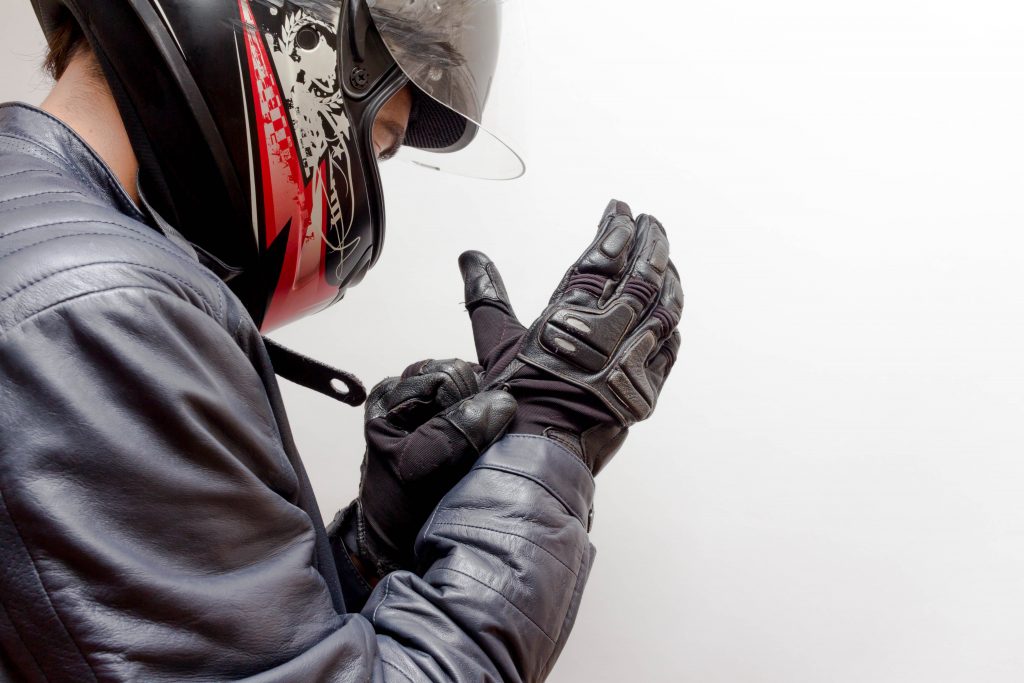
Boots: High-quality, motorcycle-specific boots are essential for protecting your feet and ankles during a track day. Choose boots with reinforced toe, heel, and ankle protection, as well as a secure fastening system to keep them in place during a crash.
Gloves: Track-approved gloves should provide excellent grip, abrasion resistance, and impact protection. Look for gloves with sturdy construction, reinforced palms, and hard armor on the knuckles and fingers.
Back and Chest Protectors: While not always mandatory, back and chest protectors can significantly enhance your safety on the track. These protectors are designed to absorb impact and disperse energy, reducing the risk of injury during a crash.
Ear Plugs: High-speed riding on the track can be extremely loud, with engine noise and wind buffeting potentially causing hearing damage. Invest in a quality pair of ear plugs to protect your hearing and enhance your focus on the track.
By investing in the right gear, you’ll ensure a safe and comfortable track day experience. In the next chapter, we’ll cover the essential track day etiquette and rules to follow for a smooth and enjoyable event.
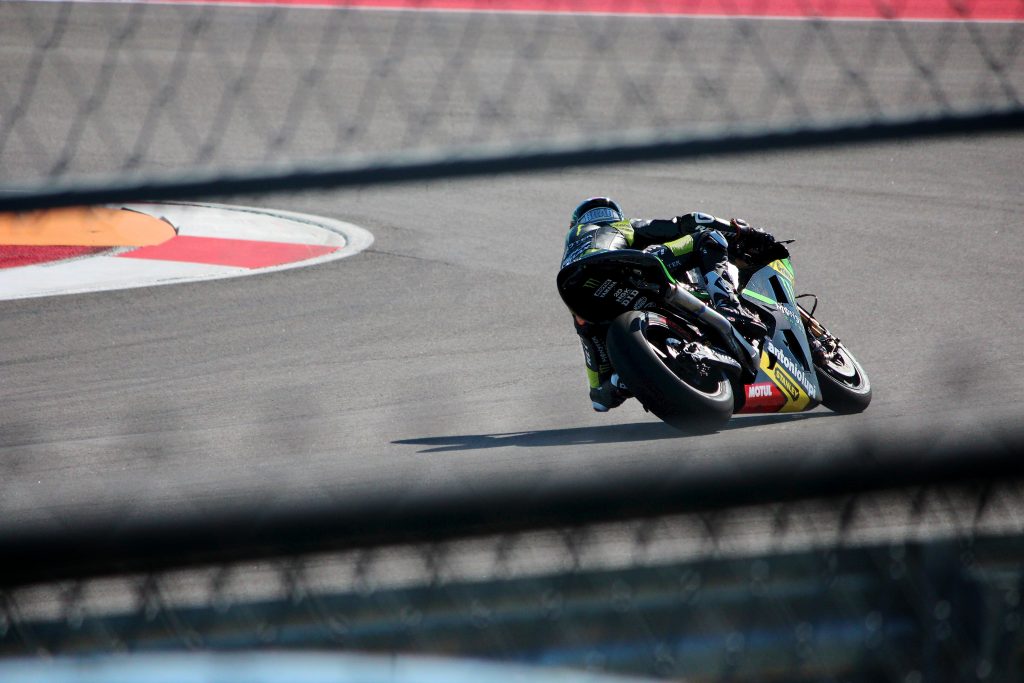
Track Day Etiquette and Rules
Understanding and following track day etiquette and rules is essential for a safe and enjoyable experience for everyone involved. In this chapter, we’ll discuss the key guidelines to adhere to during your superbike track day.
Attend the Riders’ Briefing: Most track day events begin with a mandatory riders’ briefing. This meeting covers essential information such as track rules, flags, and procedures. Pay close attention and don’t hesitate to ask questions if you’re unclear about any aspect of the event.
Know Your Flags: Familiarize yourself with the different flags used during track days and their meanings. Flags are used to communicate important information, such as track conditions, hazards, or instructions to return to the pits. Ignoring flag signals can be dangerous and may result in penalties or ejection from the event.

Maintain a Safe Riding Speed: Ride at a pace appropriate for your skill level and the specific session you’re participating in. Avoid riding too fast or aggressively, as it can endanger yourself and other riders on the track. Remember that track days are not races, and the primary goal is to improve your skills and enjoy the experience.
Be Aware of Other Riders: Keep an eye on the riders around you and be aware of their position on the track. Use your peripheral vision to gauge when it’s safe to overtake or change your line. Be predictable in your actions and avoid making sudden moves that could catch other riders off guard.
Passing Etiquette: Follow the event’s specific passing rules, which often dictate passing zones and restrictions based on the session’s skill level. Generally, give fellow riders ample space when overtaking, and avoid aggressive or risky maneuvers. In most cases, faster riders should pass on the outside, while slower riders should hold their line and allow others to overtake safely.
Respect the Track and Facilities: Treat the track, facilities, and staff with respect. Keep your pit area clean, dispose of trash properly, and follow any specific track rules or guidelines. Demonstrating courtesy and respect will help ensure a pleasant experience for everyone involved.
By adhering to track day etiquette and rules, you’ll contribute to a safe and enjoyable environment for all participants. In the next chapter, we’ll explore valuable tips and techniques to help you improve your riding skills and get the most out of your superbike track day experience.
Track Day Safety Tips
While track days are designed to provide a controlled and safe environment for high-speed riding, it’s essential to prioritize safety to ensure an enjoyable and incident-free experience. In this chapter, we’ll discuss key track day safety tips to help you stay protected and focused on the track.
Pre-Ride Inspection: Before heading out on the track, perform a thorough pre-ride inspection of your bike, checking for any loose bolts, fluid leaks, or other potential issues. Address any problems before riding to prevent mechanical failures or other on-track incidents.
Proper Riding Gear: Invest in high-quality, track-specific riding gear, including a helmet, riding suit, gloves, boots, and back protector. Proper gear not only provides crucial protection in case of a crash but also contributes to overall comfort and focus on the track.
Know the Track Rules: Familiarize yourself with the specific rules and regulations of the track day organization and venue. Understand the flag system, passing rules, and track etiquette to ensure a safe and enjoyable experience for all participants.
Ride at Your Own Pace: Resist the temptation to ride beyond your skill level in an attempt to keep up with faster riders. Focus on your own riding and gradually build up speed and confidence as you become more familiar with the track and your bike’s capabilities.
Maintain a Safe Following Distance: Give yourself and other riders plenty of space on the track, avoiding tailgating or aggressive passing maneuvers. A safe following distance allows for better visibility, reaction time, and overall safety for all riders.
Be Predictable and Communicate: Use clear hand signals and body language to communicate your intentions to other riders, especially when entering or exiting the track or signaling a pass. Maintain consistent lines and predictable behavior to reduce the risk of on-track incidents.
Stay Hydrated and Take Breaks: Track riding can be physically demanding, so it’s essential to stay hydrated and take regular breaks to prevent fatigue and maintain focus. Listen to your body and don’t hesitate to take a break if you feel tired or overwhelmed.
By following these track day safety tips, you’ll be well-equipped to enjoy a safe and rewarding superbike track day experience. In the next chapter, we’ll discuss the benefits of joining a track day community and how connecting with fellow riders can further enhance your track day adventures.
Tips and Techniques for Improving Your Riding Skills
Track days provide a unique opportunity to refine your riding skills and push your limits in a controlled environment. In this chapter, we’ll discuss valuable tips and techniques to help you improve your abilities and get the most out of your superbike track day experience.
Body Positioning: Proper body positioning is crucial for maintaining stability and control during high-speed cornering. Focus on keeping your upper body low, with your chest towards the tank and your head near the inside mirror. Move your lower body off the seat, with your inside knee pointing towards the apex of the corner. This positioning allows for greater lean angles, improved handling, and smoother transitions between corners.
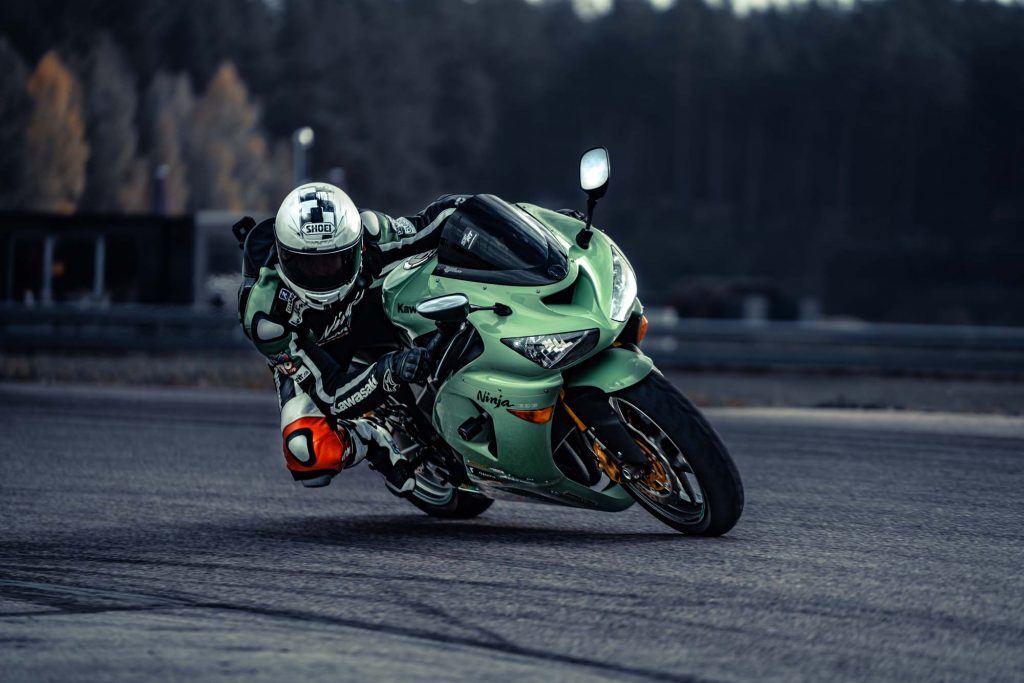
Smooth Throttle Control: Smooth and progressive throttle application is essential for maintaining traction and control, especially when accelerating out of corners. Avoid abrupt throttle inputs, as they can upset the bike’s balance and lead to loss of grip. Practice gradually rolling on the throttle as you exit corners to maintain a smooth and controlled acceleration.
Braking Technique: Effective braking is critical for managing corner entry speed and maintaining stability. Focus on applying the brakes smoothly and progressively, using both the front and rear brakes in a balanced manner. As you approach the corner, gradually release the brakes to smoothly transition from braking to cornering. This technique, known as trail braking, can help you achieve faster corner entry speeds and improved stability.
Visual Skills: Good visual skills are key to navigating the track effectively and anticipating upcoming corners. Keep your eyes up and look well ahead, scanning for the next corner’s apex and exit points. By focusing on where you want to go rather than fixating on potential hazards or obstacles, you’ll naturally steer the bike towards your intended line and improve your overall track performance.
Learn from Others: Track days offer the opportunity to observe and learn from fellow riders. Pay attention to experienced riders’ lines, body positioning, and techniques, and try to incorporate their strategies into your riding. Don’t hesitate to ask for advice or feedback, as most riders are happy to share their knowledge and help others improve.
Be Patient and Practice: Improving your riding skills takes time and consistent practice. Focus on mastering one technique at a time, and don’t be discouraged by setbacks or slower lap times. With patience and persistence, you’ll see steady progress and enjoy a more rewarding track day experience.
By implementing these tips and techniques, you’ll be well on your way to enhancing your riding skills and making the most of your superbike track day experience. In the next chapter, we’ll discuss the importance of post-track day analysis and how it can further contribute to your riding improvement journey.
Advanced Riding Techniques for Track Days
As you progress in your superbike track day journey, mastering advanced riding techniques can help you unlock your full potential on the track. In this chapter, we’ll delve into some advanced riding techniques that can elevate your performance and enhance your overall track day experience.
Trail Braking: Trail braking is a technique that involves carrying brake pressure beyond the initial braking point and gradually releasing it as you enter a corner. This method helps control corner entry speed, stabilize the bike, and maintain a more precise line. Practice progressively releasing the brakes as you lean into the corner, smoothly transitioning from braking to cornering for improved control and faster entry speeds.
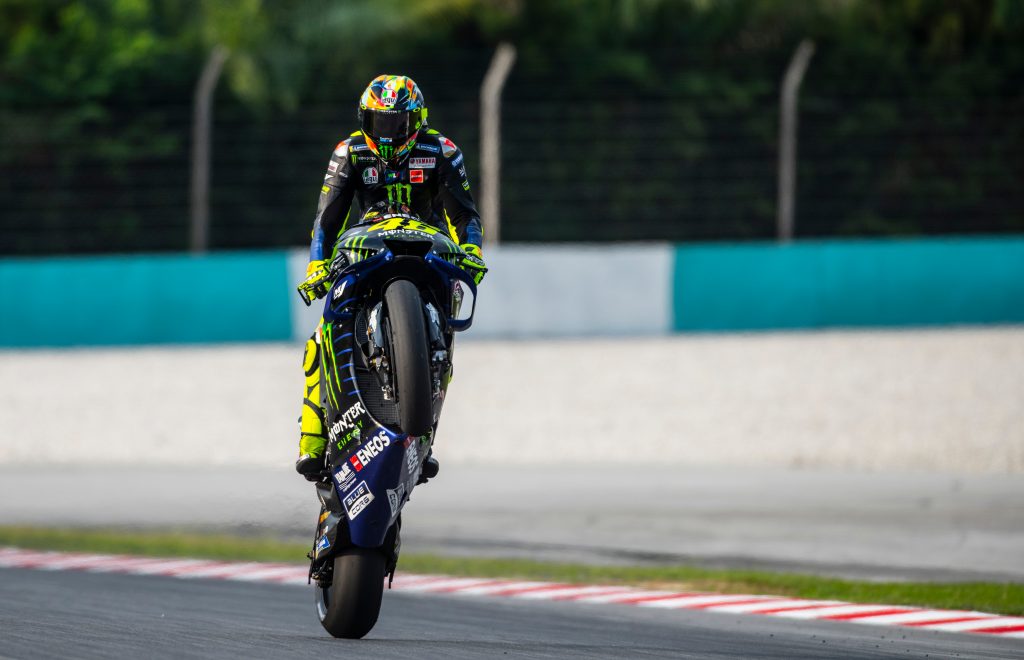
Throttle Blipping: Throttle blipping is a technique used to match engine speed with wheel speed during downshifts, ensuring smoother gear changes and reducing stress on the transmission. As you approach a corner, simultaneously apply the brakes, pull in the clutch, and quickly “blip” the throttle while downshifting. With practice, this technique can lead to smoother deceleration and more stable corner entries.
Apex Hunting: Apex hunting refers to finding the optimal point within a corner to begin accelerating out of the turn. By identifying and aiming for the apex, you can maintain a smoother line through the corner and maximize your exit speed. Practice different lines and apex points to determine which approach yields the best results for each specific corner on the track.
Body Position Transitions: Developing the ability to quickly and smoothly transition your body position between corners is essential for maintaining momentum and reducing lap times. Focus on moving your body efficiently, keeping your upper body low and close to the tank while shifting your lower body from one side of the bike to the other. This technique can help you achieve faster transitions and improved overall track performance.
Reference Points: Using reference points on the track can help you maintain consistency in your braking, turn-in, and acceleration points. Identify specific markers or landmarks around the track, such as curbs, trackside signs, or other visual cues, and use them to guide your riding decisions. Consistent reference points can lead to more precise cornering and improved lap times.
Energy Management: Track riding can be physically and mentally demanding, so learning to manage your energy effectively is crucial for sustained performance. Focus on relaxing your grip on the handlebars, using your core muscles to support your body, and maintaining a steady breathing pattern. By conserving energy and minimizing fatigue, you’ll be better equipped to maintain focus and ride at your best throughout the day.
By mastering these advanced riding techniques, you’ll be well on your way to unlocking your full potential on the track and enjoying a more rewarding superbike track day experience. In the next chapter, we’ll discuss the importance of post-track day analysis and how it can further contribute to your riding improvement journey.
Post-Track Day Analysis and Improvement
After a day of riding on the track, it’s essential to reflect on your experience and identify areas for improvement. In this chapter, we’ll discuss the importance of post-track day analysis and how to use it effectively to enhance your riding skills and superbike performance.
Review Your On-Board Data: If your superbike is equipped with a data logger or lap timer, reviewing this information can provide valuable insights into your performance. Analyze lap times, braking points, and throttle application to identify areas where you can improve consistency or find additional speed. Comparing your data with that of more experienced riders can also reveal potential gains in your riding technique.

Examine Tire Wear: Inspecting your tires after a track day can reveal important information about your bike setup and riding style. Uneven or excessive wear may indicate improper suspension settings, tire pressures, or riding technique issues. Consult with experienced riders or suspension experts to diagnose and address these concerns before your next track day.
Reflect on Your Riding: Take the time to mentally review your track day experience, considering your strengths and areas for improvement. Were there specific corners or sections of the track where you felt less confident or struggled to maintain a consistent line? Identify these areas and develop a plan to address them in future sessions, focusing on improving your technique or adjusting your bike setup as needed.
Seek Feedback from Instructors or Fellow Riders: Don’t be afraid to ask for constructive feedback from track day instructors or experienced riders. They can often provide valuable insights into your riding technique and help you identify areas for improvement that you may have overlooked.
Set Goals for Your Next Track Day: Based on your post-track day analysis, set specific and achievable goals for your next event. This could include improving your body positioning, refining your braking technique, or achieving a faster lap time. Having clear objectives will help you maintain focus and motivation as you work to elevate your riding skills.
By conducting a thorough post-track day analysis and implementing the insights gained, you’ll be better equipped to make continuous progress and unlock your full potential on the track. In the next chapter, we’ll explore the benefits of joining a track day community and how connecting with fellow riders can enhance your overall experience.
The Benefits of Joining a Track Day Community
Participating in track days can be even more rewarding when you become part of a larger community of like-minded riders. In this chapter, we’ll discuss the benefits of joining a track day community and how it can enrich your overall superbike track day experience
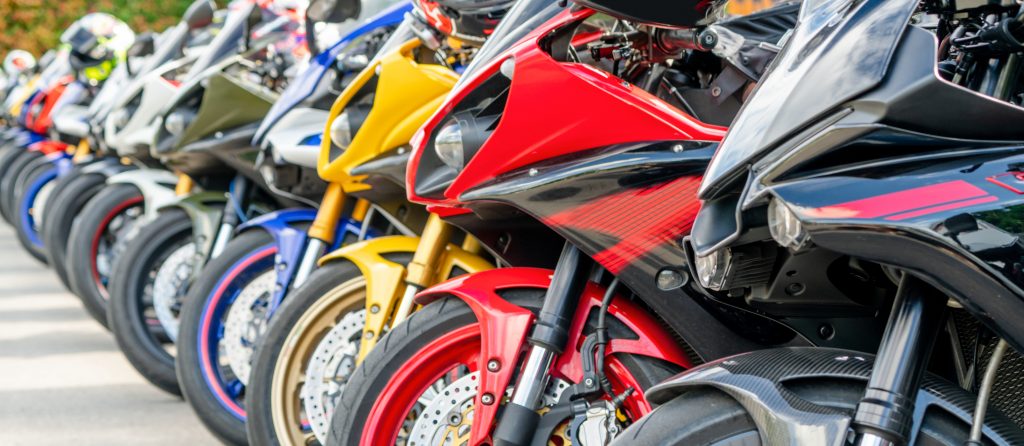
Shared Knowledge and Experience: Connecting with fellow riders in a track day community allows you to tap into a wealth of knowledge and experience. Members can provide valuable advice on riding techniques, bike setup, and track-specific tips, helping you progress faster and get more enjoyment out of your track days.
Social Interaction and Networking: Track day communities bring together riders from diverse backgrounds and skill levels, creating opportunities for social interaction and networking. Forming friendships with fellow enthusiasts can make track days even more enjoyable, and you may find yourself with new riding buddies for both track and street outings.
Group Discounts and Exclusive Access: Many track day communities negotiate group discounts for events, trackside services, and gear purchases, allowing members to save on costs associated with their hobby. Additionally, some communities organize exclusive track days, training sessions, or workshops for their members, providing unique opportunities to enhance your skills and connect with other riders.
Motivation and Support: Joining a track day community can help you stay motivated and committed to improving your riding skills. Sharing your progress with others and receiving support and encouragement from fellow members can make a significant difference in your growth as a rider. Additionally, friendly competition among community members can inspire you to push your limits and achieve your goals.
Safety and Assistance: Being part of a community means having access to a network of riders who can offer assistance in case of a mechanical issue or an on-track incident. Knowing that you have fellow riders looking out for you can provide peace of mind and help you focus on enjoying your track day experience.
By joining a track day community, you’ll not only enhance your own superbike track day experience but also contribute to the growth and enjoyment of others. In the next chapter, we’ll discuss the importance of proper bike maintenance and how it can ensure a safe and enjoyable track day experience.
Beyond Track Days: Superbike Racing Opportunities
As your skills and passion for superbike riding continue to grow, you may find yourself interested in exploring the world of competitive racing. In this chapter, we’ll discuss various superbike racing opportunities that can take your track day experiences to the next level and introduce you to the thrilling world of motorsports.
Club Racing: Club racing is an excellent starting point for riders looking to transition from track days to competitive racing. These events are organized by local or regional motorcycle clubs and offer a more relaxed and accessible introduction to the racing scene. Club racing is an ideal way to gain experience, develop your skills, and connect with other racing enthusiasts in a competitive but friendly environment.

Regional and National Championships: Once you’ve gained experience and confidence in club racing, you may be ready to progress to regional or national championship events. These races are more competitive and may require a higher level of commitment, both in terms of time and financial investment. Participating in regional and national championships can help you further hone your racing skills and provide opportunities to compete against some of the best amateur riders in the country.
Track Schools and Racing Academies: Enrolling in a dedicated track school or racing academy can help you refine your riding techniques and learn advanced racing strategies from experienced instructors. These programs often offer specialized training and coaching tailored to your specific needs, setting you up for success in your racing endeavors.
Rider Development Programs and Talent Searches: Some organizations, such as motorcycle manufacturers and racing teams, offer rider development programs or conduct talent searches to identify and support promising riders. These opportunities can provide valuable resources, mentorship, and financial support to help you pursue a career in superbike racing.
Professional Racing: The ultimate goal for many superbike enthusiasts is to compete at the professional level in national or international championships, such as MotoAmerica, World Superbike, or MotoGP. Reaching this level requires exceptional skill, dedication, and perseverance, but the rewards can include a fulfilling and exciting career in the world of motorsports.
By exploring these superbike racing opportunities, you can push your limits, achieve your racing dreams, and create lasting memories in the exciting world of competitive motorsports. As you continue to grow and progress as a rider, remember to always prioritize safety, sportsmanship, and the pure enjoyment of the sport.
